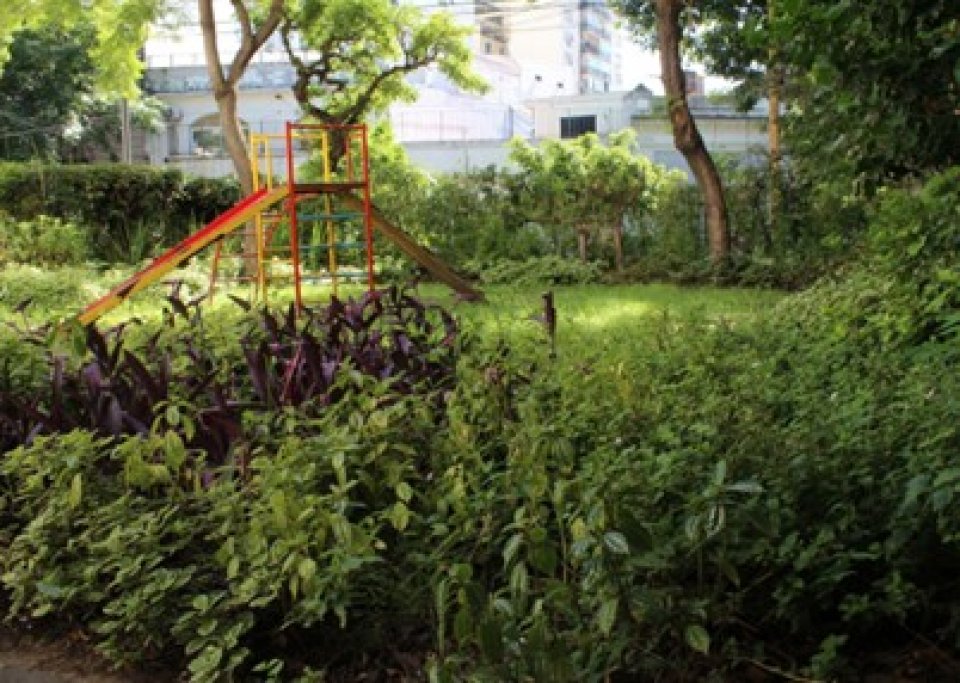
As part of the Horizon 2020 CONEXUS project, the Buenos Aires Life-Lab spans two municipalities of the Metropolitan Region of Buenos Aires (MRBA), the City of Buenos Aires and the City of General San Martín. The Life-Lab operates three pilot projects, each involving nature-based solutions (NbS) actions of different types and scales.
With an estimated population of 3,075,646 (INDEC, 2021), the city of Buenos Aires is the Argentinian capital and one of the densest cities in the world with over 15,000 inhabitants per km2 (BACG, 2021), concentrating important financial, economic, and social services of the country. Bordering Buenos Aires to the north, the city of San Martín has an estimated population of 425,265 (INDEC, 2021) and is characterised by a historic and expansive industrial base mixed with residential areas.
Predominantly flat, the entire MRBA’s geography is characterised by multiple waterways running through urban areas and flowing into the La Plata estuary to the east of Buenos Aires. The resulting tension between intensifying land development and decreasing natural capacities to manage and treat stormwater presents a critical challenge to the entire metropolitan region. This is exacerbated by more extreme precipitations caused by climate change, combined with the sudestada phenomenon, which intensifies wind currents thereby impeding regular water flows, and reduced soil capacity for retention and permeability, which in turn increases vulnerability to flooding.
Water quality in the urban waterways of the region is also critically poor, presenting high levels of contamination, including heavy metals, from untreated industrial effluents and stormwater discharge. Most of these waterways, besides having become defunct habitats for most native fauna and flora, have also been culverted.
Other environmental challenges in the region stem from a range of urbanisation processes which disproportionately affect low-income residents and informal settlements; from vulnerability to flooding, extractive practices without adequate control and remediation, exposure to highly toxic agrochemicals used in intensive peri-urban farms and proximity to open-air landfills and dumps.
Another environmental problem that disproportionately affects low-income residents living in the MRBA is air pollution. Emissions are generated mainly by transport traffic and industries, and in some areas the concentration of harmful pollutants exceeds local air quality standards (Greenpeace, 2018).
With a network of over 25 partners across public and non-government sectors, the Life-Lab establishes multidisciplinary communities of learning to investigate and co-design NbS in order to counter a palette of harmful effects of urbanisation in the MRBA. These include, among others, air pollution, environmental degradation, and habitat loss as well as diminishing natural stormwater treatment functions, soil permeability, and water retention capacities of urban ecosystems.
Via engaging actors with direct connections to local pilots, the Buenos Aires Life-Lab aims to drive faster uptake of NbS, using real-life evidence to influence policymaking decisions towards a more resilient future. Key objectives include:
- Engaging key stakeholders across civil society, businesses, government and research organisations to support cross-sectoral cooperation, expanding pilots’ reach and amplifying NbS impacts;
- Fostering collaborative NbS planning and co-design processes;
- Leveraging interactions and knowledge exchange with other cities and their Life-Labs within the H2020 CONEXUS project;
- Ensuring long-term sustainability of and lasting political commitment to the co-created NbS;
- Increasing local urban biodiversity and by doing so boosting urban ecosystem services of intervened sites.
Pilot projects
Three CONEXUS pilots are implemented by the Buenos Aires Life-Lab in line with a wider city strategy:
Breathe / Respirar Pilot
Building on the previously established collaboration between the University of Buenos Aires and the University of Sheffield, the Breathe / Respirar Pilot is part of a wider programme (‘Breathe Deep / Respirar Profundo’) to bring nature closer to children, enhancing urban biodiversity while mitigating air pollution (see also: ‘Living Fences in Buenos Aires: Improving Quality of Air’ case study). The Pilot entails phytoremediation via the creation of green walls, fences, and biodiversity gardens in three public schools of the Green Schools Programme (‘Programa Escuelas Verdes’), each located in areas with high levels of NO2 and particulate matter from traffic: Escuela Primaria N.3 D.E. 11 Angela Medone de Caviglia, Escuela Primaria Nº 6 Sargento Bernabé Márquez and Escuela N. 3 D.E. 7 Primera Junta.
Besides providing important ecosystem services, the green schoolyards generate spaces for outdoor learning, play, and environmental education/sensibilisation. The implementation of the Breathe / Respirar model consists of various stages, all of which aim to build dedicated green spaces according to the specific needs of each schoolyard community.
Lugano Lake Pilot
The Lugano Lake Pilot develops in the homonymous Ecological Reserve and involves the restoration of a wetland of shallow and fluctuating waters, through the introduction of native vegetation to enhance biodiversity. This pilot presents a strong social dimension and promotes communities’ awareness of ecosystem benefits/services provided by aquatic ecosystems. The pilot also symbolises the recomposition of a natural environment underrepresented in the city and, in this sense, an opportunity for people to reconnect with more naturalised spaces.
Medrano Stream Blue-Green Infrastructure Pilot
Located in San Martín, a separate municipality within the Buenos Aires metropolitan region, the Medrano Stream Blue-Green Infrastructure Pilot (or ‘Medrano Pilot’) unfolds a Sustainable Urban Drainage System (SUD) in Villa Maipu as part of a proposal for Blue-Green Infrastructure for the Medrano Stream basin. It tests a nature-based solutions approach to storm water management, storm water quality control and flood control for deculverting as a cost-effective alternative to grey infrastructure approaches to flooding.
- Increase of local urban biodiversity, in particular, native plant species;
- Restoration of urban green and blue-infrastructure and related ecosystem services;
- Mitigation of environmental degradation issues caused by urbanisation, including air pollution, contamination of streams and water ecosystems, and flooding;
- Promoting environmental education of children and residents of socio-economically vulnerable neighbourhoods, building capacities for ecosystems management;
- More inclusive and participatory governance processes, across sectors and scales.
- Horizon 2020 programme
- Municipality of San Martín
- Government of the City of Buenos Aires
- green walls/ fences
- wetland restoration
- Sustainable urban drainage
Buenos Aires Life-Lab pilots:
- Verónica Fabio, Universidad de Buenos Aires, veronica.fabio@fadu.uba.ar
- Teresa Verellen, Buenos Aires City Government, verellenteresa@gmail.com
- Demián Rotbart, San Martin Municipality, demian.rotbart@gmail.com
SDGs/NUA data:
- Federica Risi, EUKN, federica.risi@eukn.eu
Further information
References
- Buenos Aires City Government (BACG) (2021). [Online] Ciudad de Buenos Aires. https://buenosaires.gob.ar/laciudad/ciudad#:~:text=La%20densidad%20de%20la%20población,mujeres%20por%20cada%20100%20varones.
- CONEXUS Deliverable 3.1 Report with action plans for each Life-Lab (internal).
- CONEXUS Deliverable 2.2 Seven detailed EU and CELAC cases on NbS challenges and opportunities addressed: ‘Integration of NbS in local governance contexts and urbanisation trajectories in CONEXUS EU and CELAC cities. Evidence from Barcelona, Buenos, Aires, Bogotá, Lisbon, Santiago, São Paulo and Turin.’
- CONEXUS Deliverable 4.1 Assessment framework, indicators and participatory monitoring process.
- CONEXUS Deliverable 6.1 Report. Data on SDG/NUA impacts/potentials linked with investment propositions uploaded to Oppla.
- Buenos Aires Life-Lab CONEXUS Factsheet ‘Wetland Lugano, the restoration of an aquatic ecosystem’, August 2023.
- Fabio, V. (2021). ‘Living Fences in Buenos Aires: Improving Quality of Air’. CONEXUS case studies. https://oppla.eu/casestudy/23347.
- Greenpeace (2018). Monitoreo calidad del aire en la ciudad de Buenos Aires. Campaña contaminación de aire.
- Instituto Nacional de Estadística y Censos (INDEC) (2021). Estadísticas, Población. https://www.indec.gob.ar.
-
van der Jagt, A.P.N., Buijs, A., Dobbs, C., et al. (2023). An action framework for the participatory assessment of nature-based solutions in cities. Ambio 52, 54–67. https://doi.org/10.1007/s13280-022-01772-6.
-
Wild, T., Baptista, M., Wilker, J., et al. (2024). Valuation of urban nature-based solutions in Latin American and European cities. Urban Forestry & Urban Greening, Volume 91, 128162. https://doi.org/10.1016/j.ufug.2023.128162.
The three pilots demonstrate the huge scope for NBS interventions to tackle multiple aspects of sustainable development simultaneously. By re-greening and re-blueing places in dense urban environments (SDG6; 11; 15), implemented actions enhance local biodiversity (SDG15), reduce air and water pollution (SDG3; 6; 11), and mitigate climate-change related risks of flooding (SDG11; 13), while creating opportunities for environmental education/awareness-raising (SDG4; 13) and supporting inclusive urban governance processes (SDG10; 11; 16). Relevant SDGs targets are highlighted.
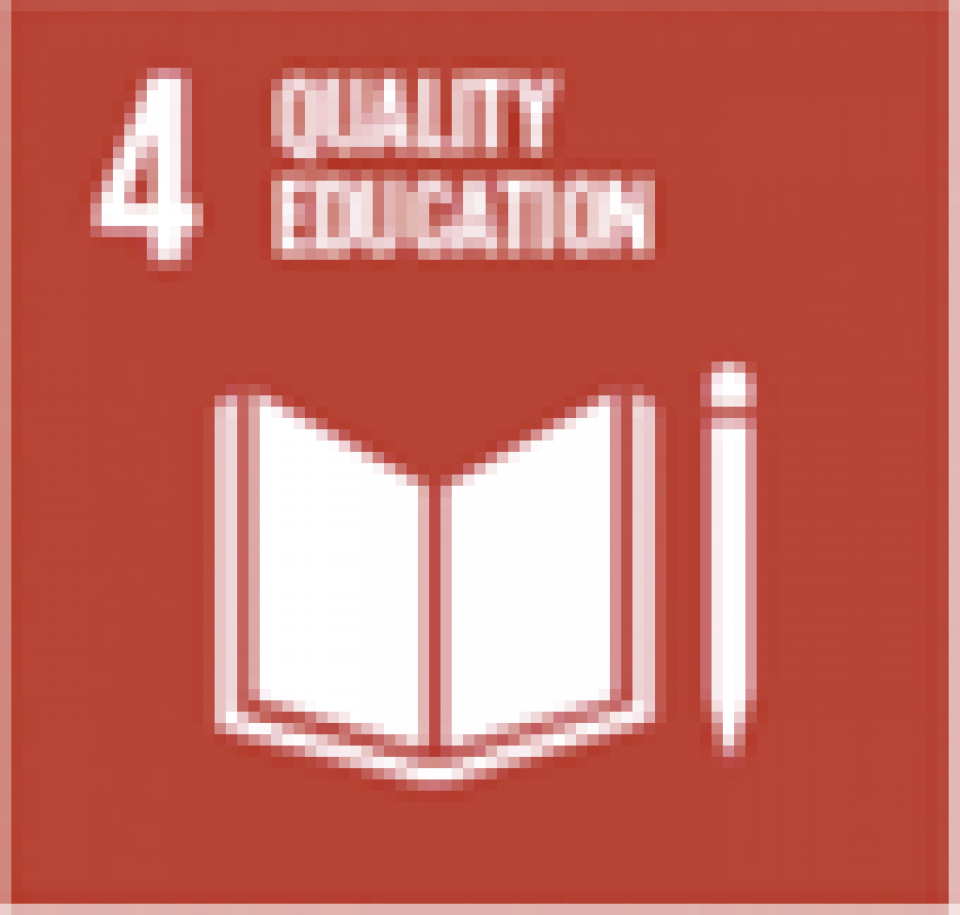
4.7 By 2030, ensure that all learners acquire the knowledge and skills needed to promote sustainable development, including, among others, through education for sustainable development and sustainable lifestyles, human rights, gender equality, promotion of a culture of peace and non-violence, global citizenship and appreciation of cultural diversity and of culture’s contribution to sustainable development.
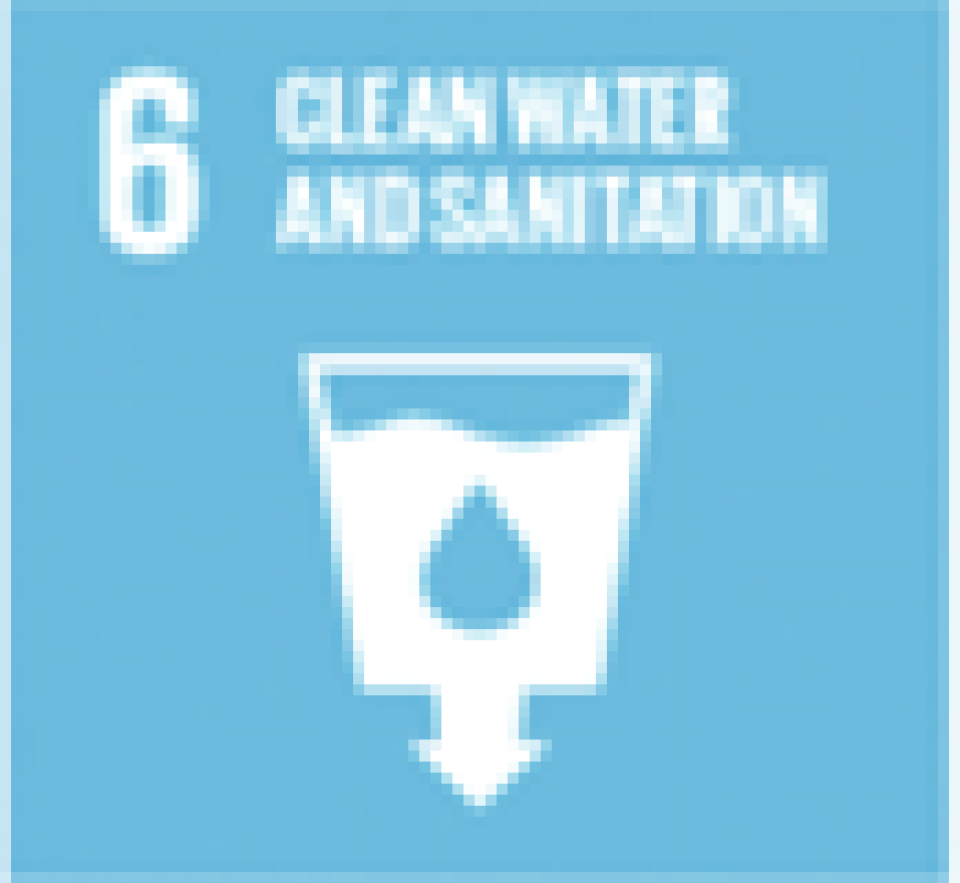
6.3 By 2030, improve water quality by reducing pollution, eliminating dumping and minimizing release of hazardous chemicals and materials, halving the proportion of untreated wastewater and substantially increasing recycling and safe reuse globally;
6.6 By 2020, protect and restore water-related ecosystems, including mountains, forests, wetlands, rivers, aquifers, and lakes.
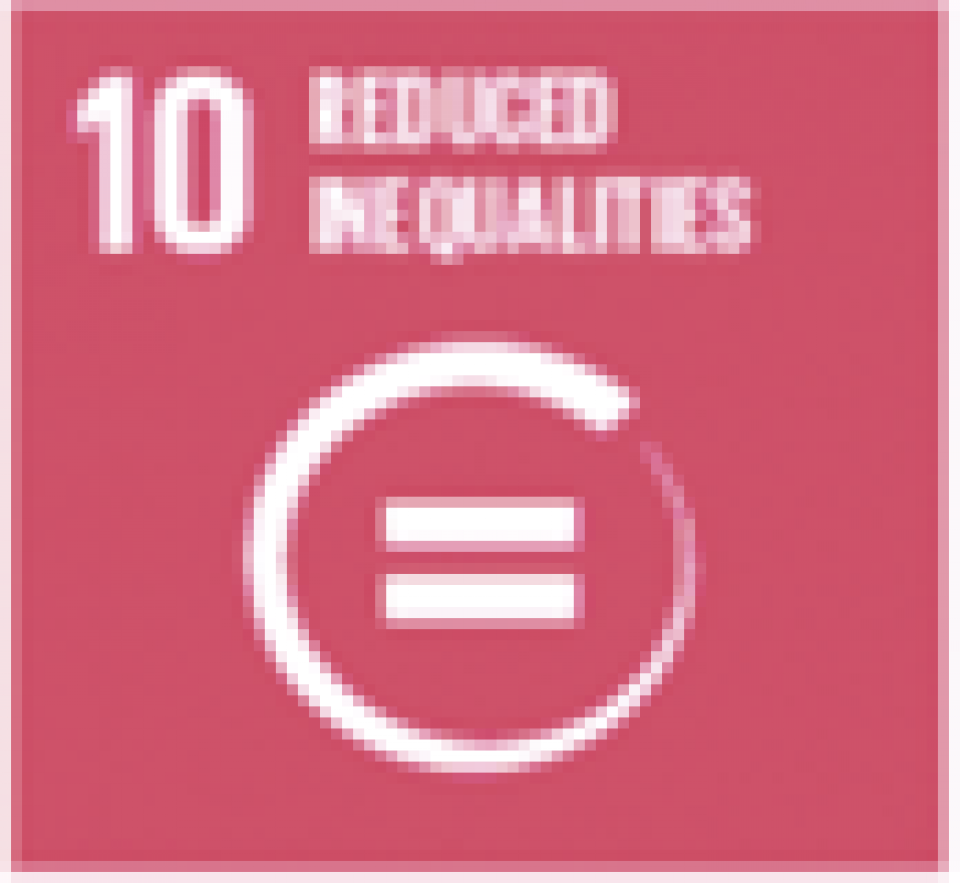
10.2 By 2030, empower and promote the social, economic and political inclusion of all, irrespective of age, sex, disability, race, ethnicity, origin, religion or economic or other status;
10.3 Ensure equal opportunity and reduce inequalities of outcome, including by eliminating discriminatory laws, policies and practices and promoting appropriate legislation, policies and action in this regard.

11.3 By 2030, enhance inclusive and sustainable urbanization and capacity for participatory, integrated and sustainable human settlement planning and management in all countries;
11.4 Strengthen efforts to protect and safeguard the world’s cultural and natural heritage;
11.6 By 2030, reduce the adverse per capita environmental impact of cities, including by paying special attention to air quality and municipal and other waste management.
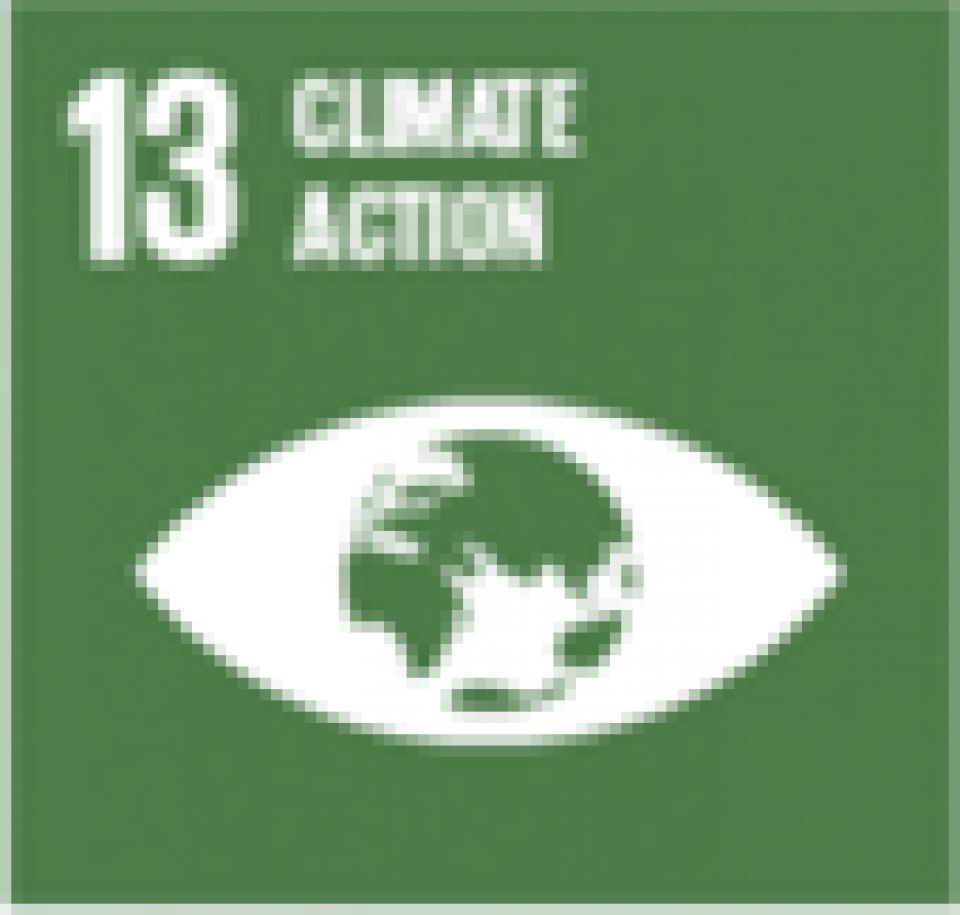
13.1 Strengthen resilience and adaptive capacity to climate-related hazards and natural disasters in all countries;
13.3 Improve education, awareness-raising and human and institutional capacity on climate change mitigation, adaptation, impact reduction and early warning.
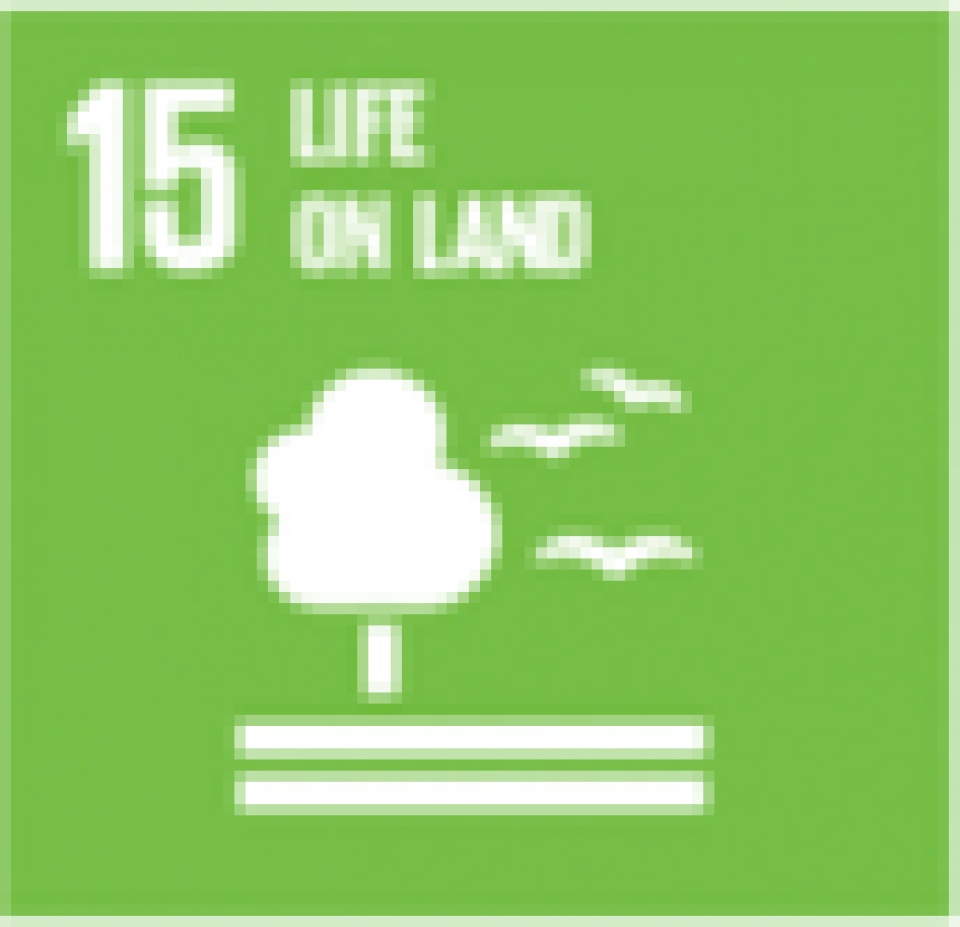
15.1 By 2020, ensure the conservation, restoration and sustainable use of terrestrial and inland freshwater ecosystems and their services, in particular forests, wetlands, mountains and drylands, in line with obligations under international agreements;
15.5 Take urgent and significant action to reduce the degradation of natural habitats, halt the loss of biodiversity and, by 2020, protect and prevent the extinction of threatened species;
15.9 By 2020, integrate ecosystem and biodiversity values into national and local planning, development processes, poverty reduction strategies and accounts.
Other SDGs addressed:
● SDG3 (3.9)
● SDG9
● SDG12 (12.8)
● SDG16 (16.6; 16.7)
● SDG17 (17.16; 17.17)
The key performance indicators selected for measuring success and assessing impacts are derived from the CONEXUS Impact Assessment Framework (Deliverable 4.1), building on the European Commission’s NbS Task Force 2 Handbook (2021) ‘Evaluating the impact of Nature-based Solutions: a handbook for practitioners’ and a collaborative selection process with stakeholders of the Bueno Aires Life-Lab. A participatory approach was used to select pilots’ key performance indicators, which allowed to make monitoring frameworks place-based, tailoring indicators to local challenges, and validate them with stakeholders from the Life-Lab and respective pilots.
The downloadable fiche includes an overview of pilots’ selected indicators, linking impacts to the UN Sustainable Development Goals (SDGs), the transformative commitments of the New Urban Agenda (NUA), as well as relevant sustainability policies and programmes at the city level.



